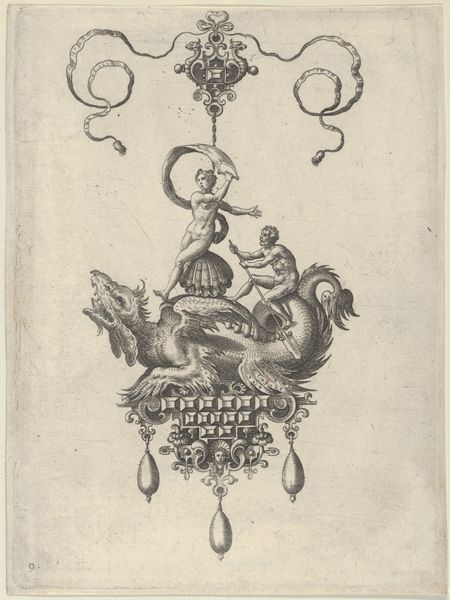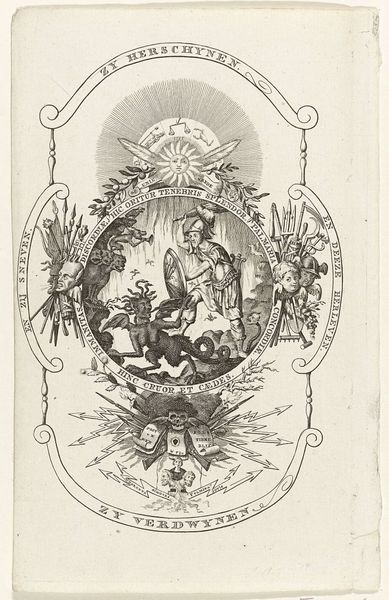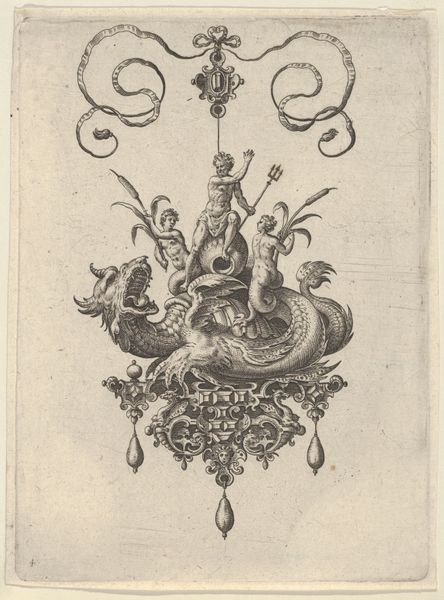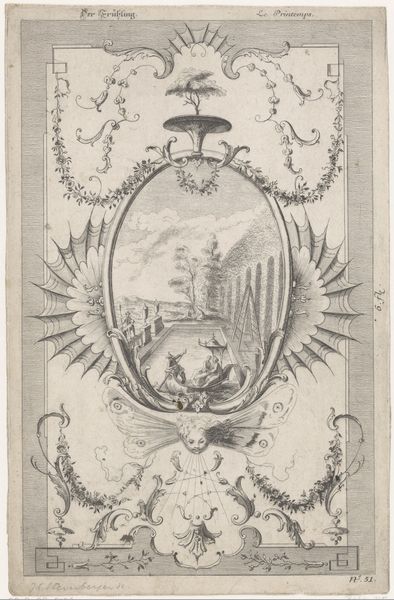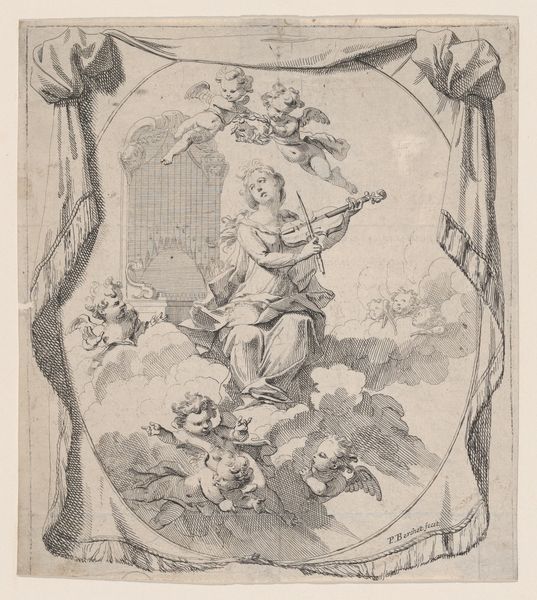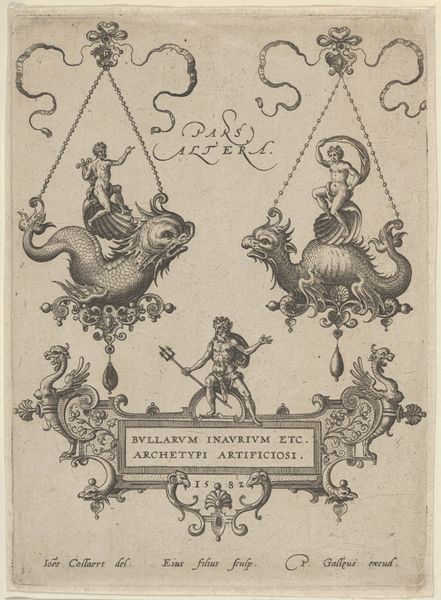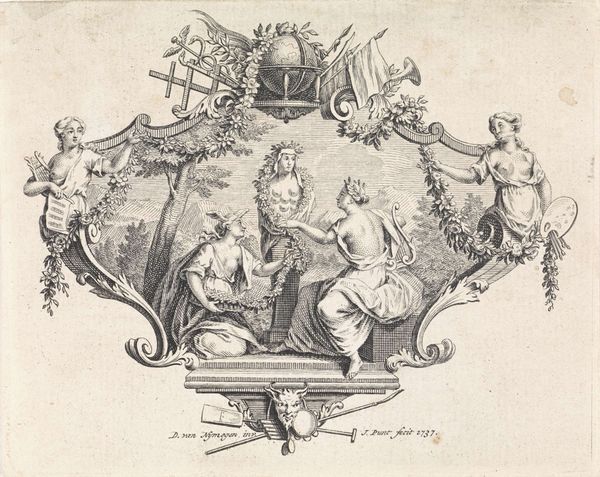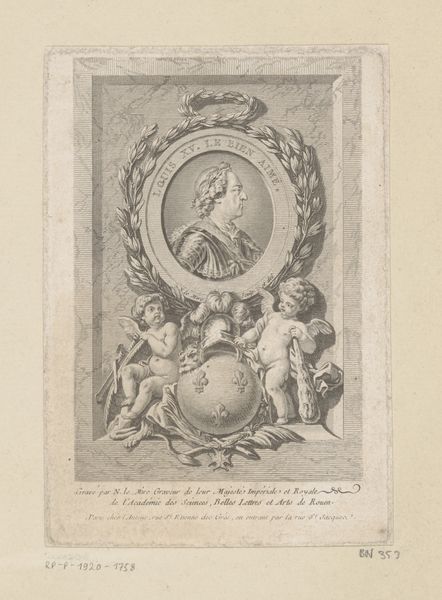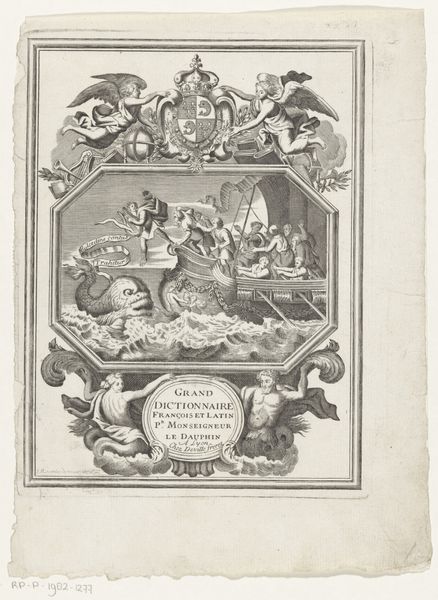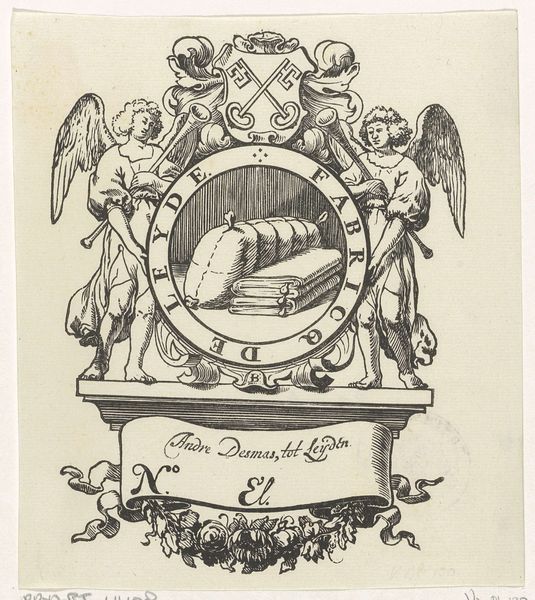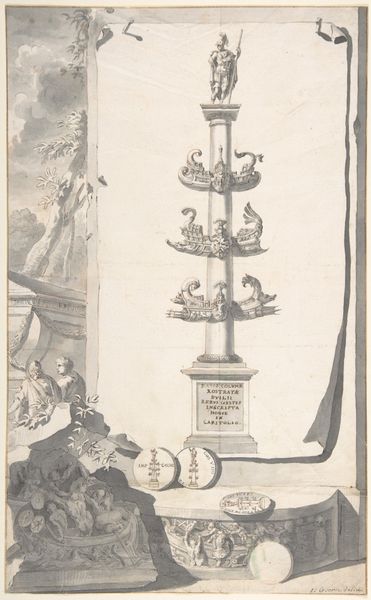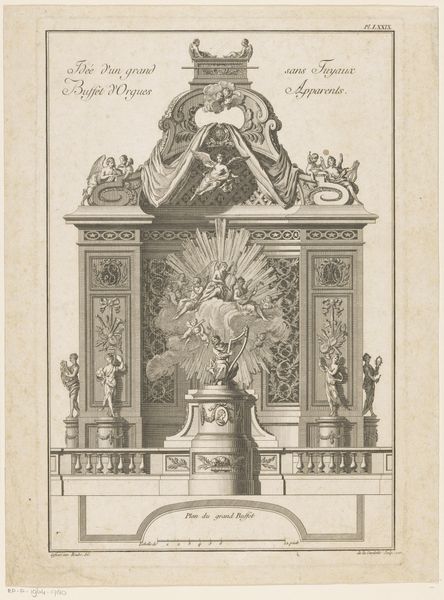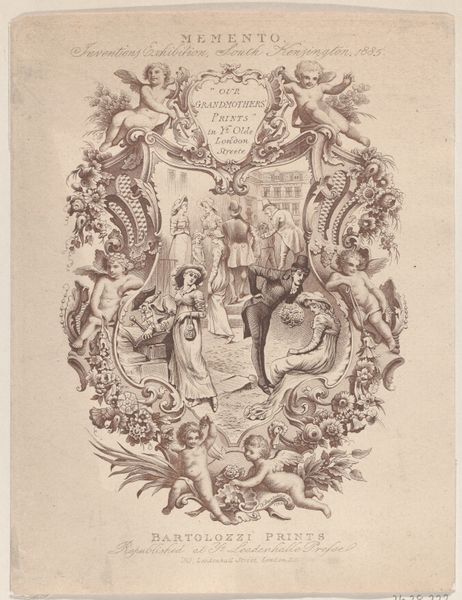
drawing, print, etching, engraving
#
drawing
# print
#
pen sketch
#
etching
#
landscape
#
ancient-mediterranean
#
history-painting
#
academic-art
#
engraving
Dimensions: 244 mm (height) x 190 mm (width) (bladmaal)
Editor: Here we have J.F. Clemens' "Pass Kaart over Kattegatet" from 1799. It’s an etching, I believe. I'm struck by the contrast between the delicacy of the engraved lines and the weightiness of the subject matter, seemingly about navigation. What should we make of this image? Curator: As a materialist, I'm drawn to consider the means of its production. The etching process itself involves labor, skill, and specific materials – acid, metal plates, and printing presses. Consider the social context, too. Navigation charts weren't merely artistic endeavors; they were crucial tools for trade, exploration, and military power. This object’s materials place it directly within a system of economic and imperial ambition. Editor: That’s interesting, I hadn’t thought about it that way. I was mostly looking at the classical figures adorning the title cartouche – they seemed purely ornamental. Curator: But are they truly separate? Think about why Clemens used these figures. What meaning did classical symbols have for its intended audience, and how does that connect to the chart's function? Perhaps invoking classical grandeur served to legitimize and elevate the practical purpose of the map itself. This brings "high art" and craft directly in contact. The paper's quality, the ink used – even these contribute to a narrative about wealth and power. Editor: So, you're saying we can't separate the beauty from the, uh, socio-economic reality it represents? Curator: Precisely. The materials and method speak volumes. It prompts us to investigate labor and materiality – things typically divorced from traditional art analysis. Editor: Okay, I see what you mean now! Examining the physical object and how it was made opens up a whole new perspective. I appreciate the insight into the work required to develop and produce the print. Curator: Exactly! And this approach allows us to challenge established concepts around high and low art.
Comments
No comments
Be the first to comment and join the conversation on the ultimate creative platform.

